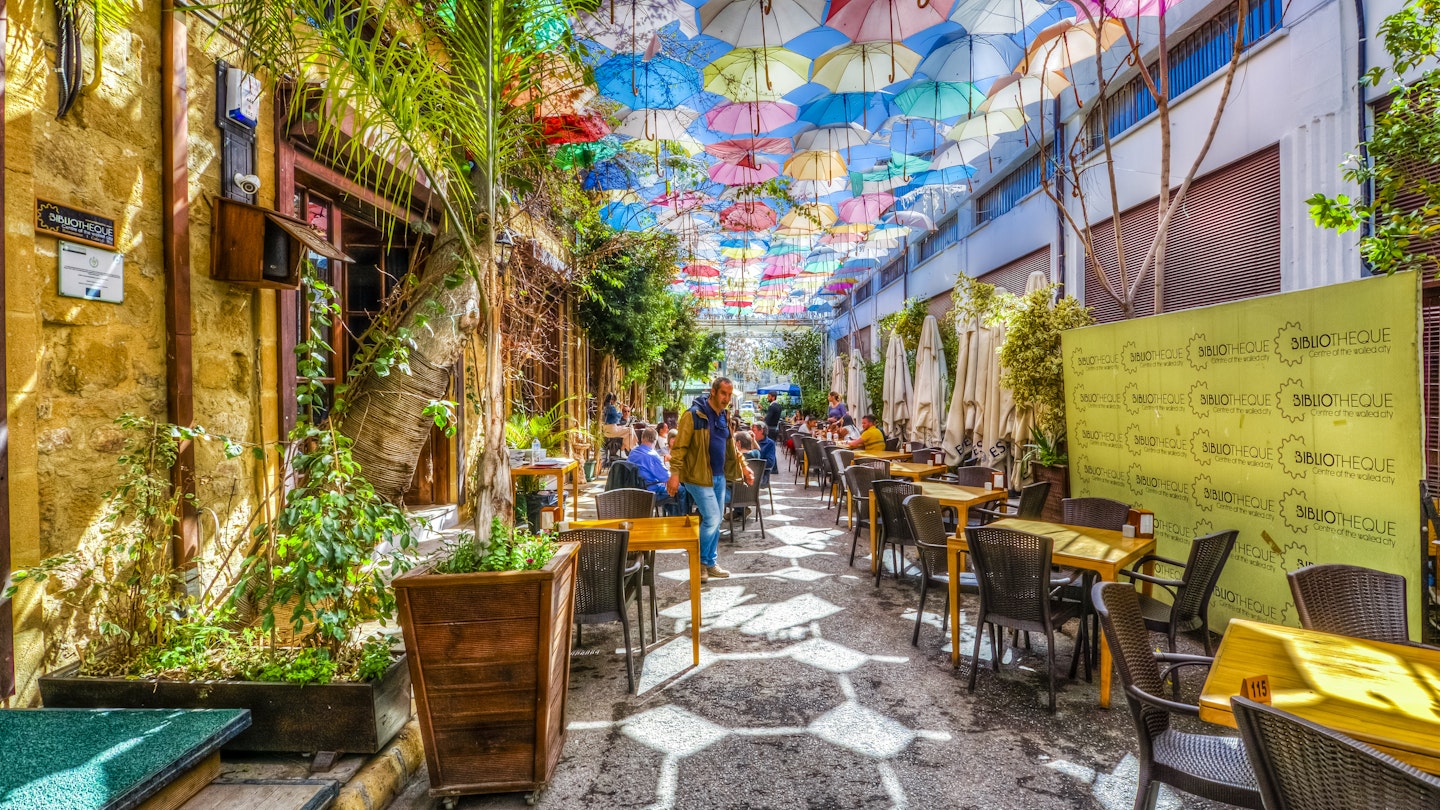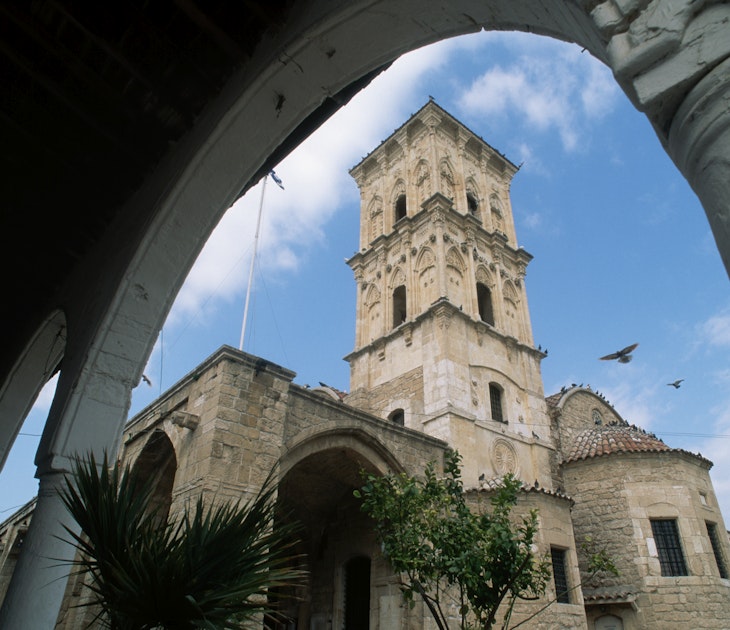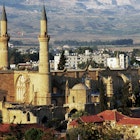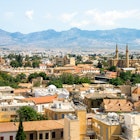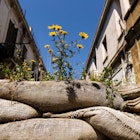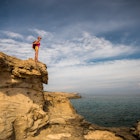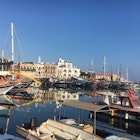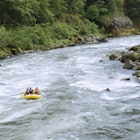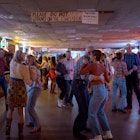While not large – everything is walkable – Cyprus's capital city of Nicosia (Lefkosia) has loads to do. You can explore its centuries of history, from Venetian, Byzantine and Ottoman landmarks to residential districts enjoying a rebirth.
Along the way, stop for a traditional coffee and consider a bath in a centuries-old bathhouse. Or you can take in the city’s newly redesigned main square, which is the work of a world-famous architect. Plus, there’s North Nicosia (Lefkoşa) never far away across the dividing Green Line.
Stroll Nicosia’s stunning new square, Plateia Eleftherias
After 16 years, in December 2021 Nicosia unveiled its reimagined central square, Plateia Eleftherias. The architect is the late Zaha Hadid, who was renowned for adding sinuous shapes and beguiling curves to major projects across the globe, including Beijing’s new airport and a stadium for the 2022 World Cup in Qatar.
The project was mired in delays and economic woes from the start, and it attracted its fair share of opposition. But there’s nothing like completion to get everybody on board, and the results are arresting, with Hadid’s flowing arcs making a dramatic statement below the old walls. Hundreds of native trees provide shade for pedestrian avenues and a series of small gardens.
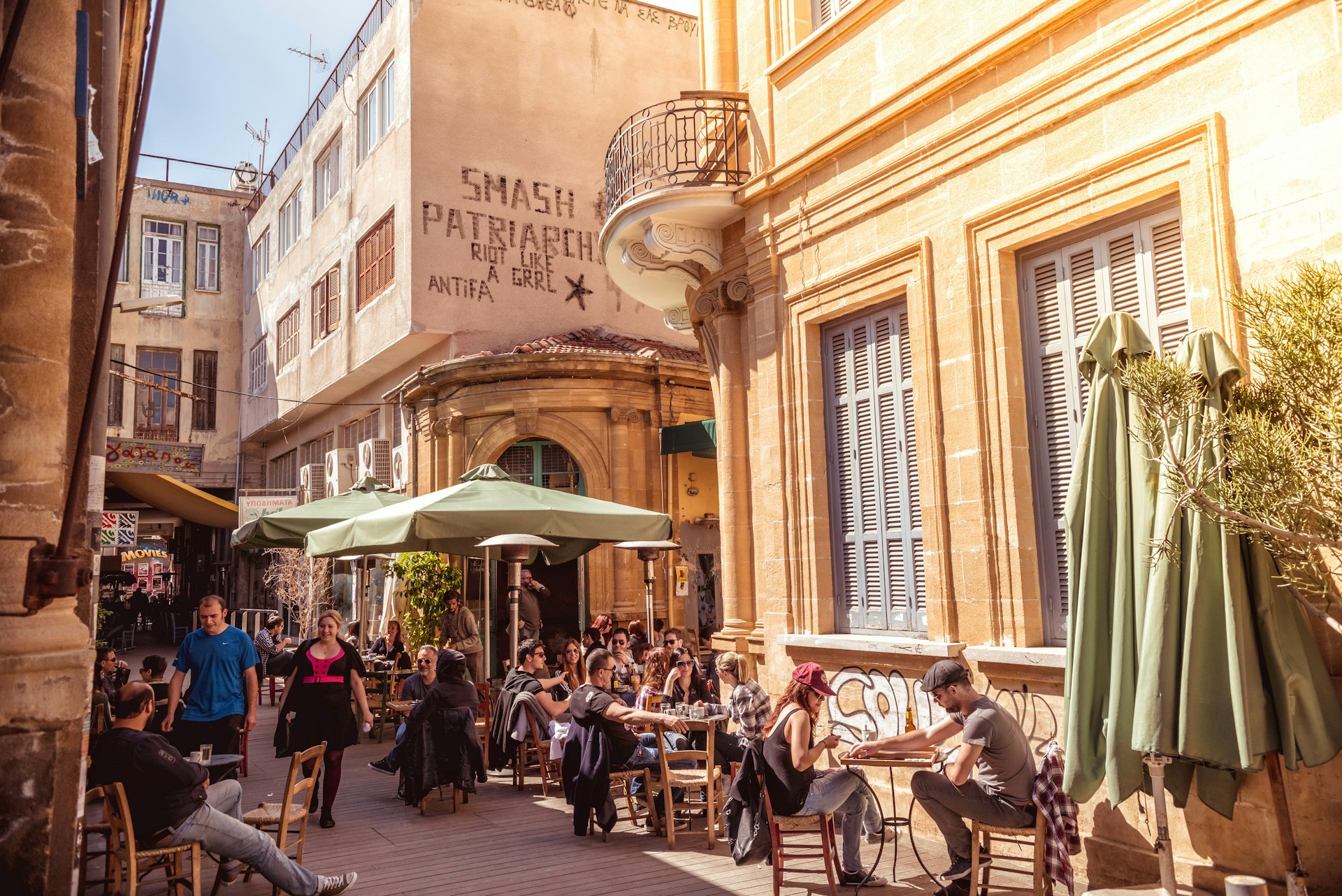
Follow the Green Line
The 300km (186 mile) Green Line is the UN-administered buffer zone and barricades that have divided the two parts of Cyprus – Nicosia and North Nicosia – since 1974. It runs right through the heart of Nicosia, and following its zigzagging route makes for a fascinating walk.
Start your walk on the eastern side of the Old City at the northern end of Leoforos Athinas, where a metal gate and UN bunker signal the end of the road. Turn left into Antasias Toufexi, rimmed by terraced cottages, some restored and others with their adobe-brick innards exposed, and then right onto Axotheas, which ends abruptly with another cement-bunker barricade. From here stay close to the wall as you trace along streets, alleys and squares in a generally southwest direction. Look at how residents have coped with five decades of division, whether by planting flowers on barricades or protecting windows with sandbags.
On Ledra Street, walk to the crossing checkpoint, and take the first left turn down the Stoa Tarsi arcade. Keep heading west, onto Artimidos with another bunker, and then zigzag to Pafou, where the Roman Catholic Holy Cross Church sits beside the barricaded-off stub of the street with the Roccas Bastion right behind.
See both sides of Nicosia from Shacolas Tower Observatory
Shacolas Tower Observatory provides a sweeping 11th-floor view across Nicosia and the mountain range beyond. Placards in English below the windows call out specific buildings and neighborhoods, and trace the course of the Green Line as it bisects the city.
Be dazzled at the Church of Archangelos Michail
The domed Church of Archangelos Michail dates to 1695 and is thought to have replaced an earlier Gothic church on the same site. Its interior is a constellation of glitter from hundreds of gold icons, some dating to the 1400s, and its exterior is built in Franco-Byzantine style, which is a pastiche of Gothic elements from France and Byzantine details traditionally used by the Greek Orthodox Church. You can see influences from two different rulers: the Lusignans of France, who were active in Cyprus from the 12th through 15th centuries, and the Venetians, who ran the show starting in the 16th century.
Get reverent at Omeriye Mosque
The Omeriye Mosque dates from the 14th century, when its site was occupied by the Augustinian Church of St Mary, and its tall minarets date to the opening of the current structure in 1571. Popular lore says this was the first place used by Turks for worship after their invasion the same year. It’s a working mosque that serves Nicosia’s diverse Arab and Asian Muslim populations. Non-Muslims may visit outside of prayer times, as long as they observe the clothing etiquette and remove their shoes.
See all that glitters at the hidden Agios Ioannis Church
After the Ottomans took over in the 16th century, Christians kept low profiles in Nicosia. But they didn’t go completely underground, as you’ll see at the modestly sized Agios Ioannis Church, which dates to the 17th century. Located in the courtyard of the Archbishop Makarios III Cultural Foundation, the church’s discrete exterior masks an opulent interior featuring elaborate 18th-century frescos. Added sparkle is provided by gold-covered carvings and hanging crystals.
Smell the flowers in the beguiling Chrysaliniotissa Quarter
Hard up against the Green Line dividing the city, the Chrysaliniotissa Quarter is a gentrified residential neighborhood on the edge of the Old City. Decades of neglect had the unintended consequence of preserving its elegant early-20th-century homes from redevelopment. Today the area’s charms are fully appreciated and a wave of renovations have returned the facades to their lost glory.
Residents create tiny, lush gardens with little more than a few potted plants. The narrow lanes provide a restful escape from the busier byways of the Old City. Stop into the Chrysaliniotissa Crafts Centre, where you’ll find artisans creating traditional Cypriot craft objects in eight workshops surrounding a central courtyard.
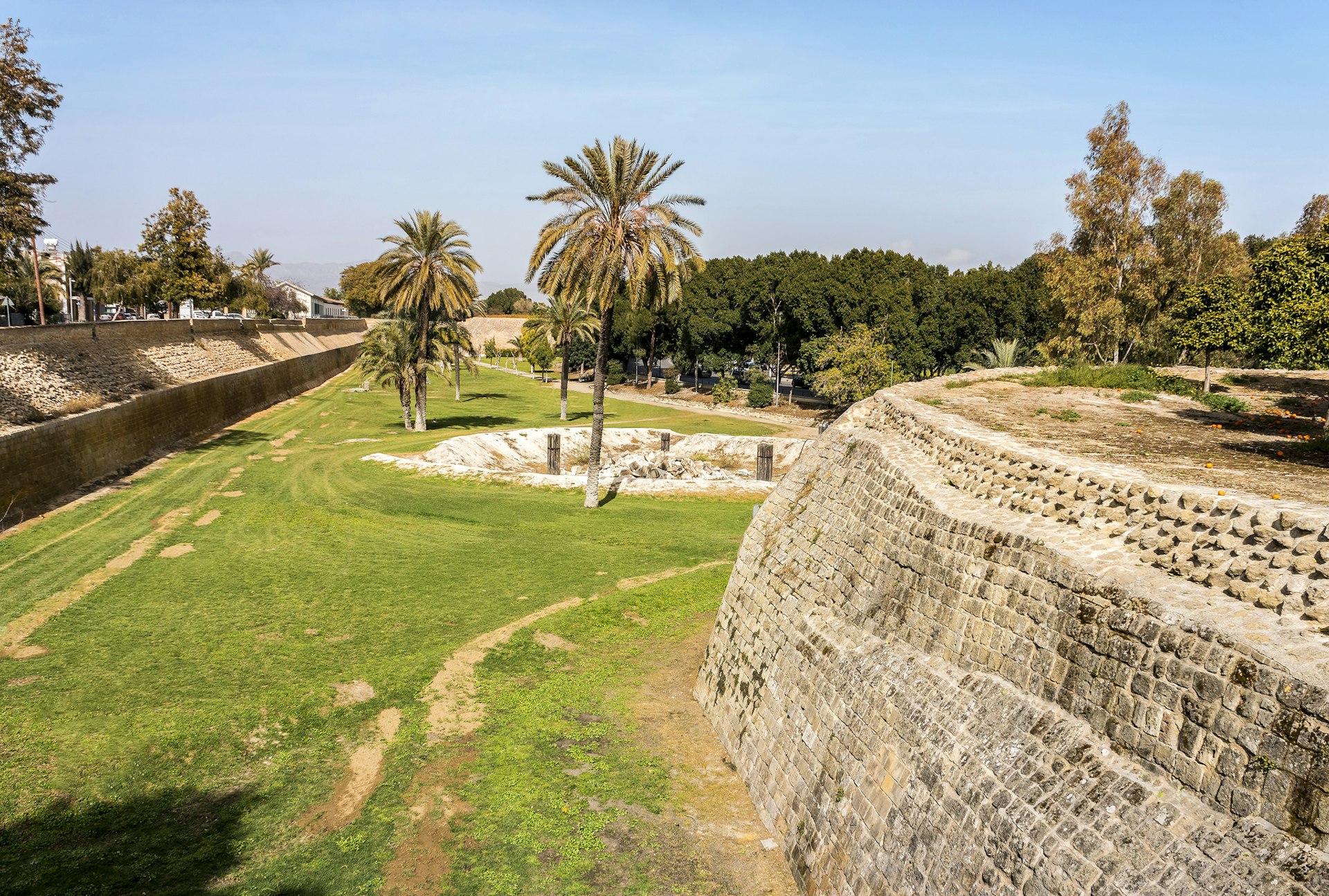
Walk the 16th-century Venetian walls
The Venetian walls surrounding the Old City are so unusual that, once seen on a map or aerial photo, you’ll never forget their idiosyncratic snowflake-like shape. Strolling these fortifications and their adjoining moats is one of Nicosia’s highlights.
Dating from 1567, the walls were erected by the Venetian rulers to defend against Ottoman invaders. Unfortunately, it didn’t work out: In 1570, the Ottomans landed in Larnaka and stormed the fortifications, killing over 50,000 inhabitants. But the walls have remained in place ever since. Of the 11 bastions, five in Nicosia have been carefully restored, while another forms part of the dividing Green Line. The other five are in North Nicosia (Lefkoşa), where they slowly crumble ahead of some future restoration.
Take a selfie under Famagusta Gate
Nicosia’s most photographed feature is Famagusta Gate on the city’s east side. Dating to the Venetian era of the 16th century, it’s the best-preserved of the three original gates that once led into the Old City, with a timeless wooden door and a sloping facade that open into a tunnel leading through the rampart wall. Beyond the tunnel on the right is a small open-air arena, where summertime concerts are held.
Get clean in 16th-century Hamam Omerye bathhouse
The ancient Romans were the inspiration for the Ottomans who popularized hammams: traditional bathhouses featuring a series of rooms where you can use hot and cold water plus steam for your ablutions. The 16th-century Hamam Omerye has been lavishly restored to its centuries-old glory, and the luxurious facilities are open to the public. Indulge in a range of hot and cold baths, massages, body scrubs and treatments.
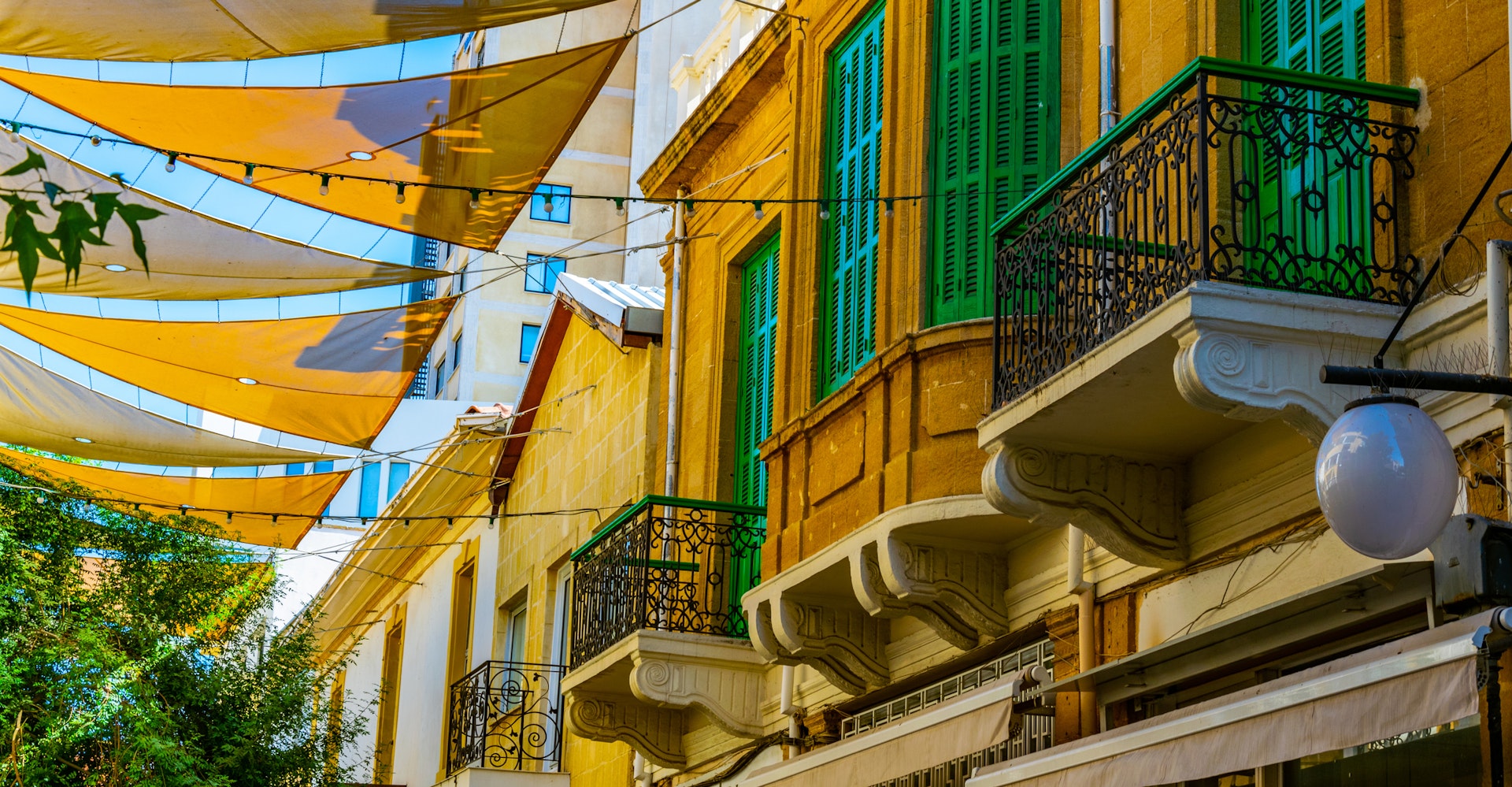
Ponder the charms of Laïki Yitonia
Appropriately translating to “popular neighborhood,” Laïki Yitonia is the only overtly touristy neighborhood in the Old City. It manages to transcend the legions of touts trying to lure you into restaurants with mediocre food, and its narrow lanes drip with vintage charm. It’s a worthy quick detour during your explorations of the Old City’s southern precincts.
Escape the heat in the Municipal Swimming Pool
There’s no need to trek to the coast on a stinking-hot summer’s day, nor do you need to con the family into believing that a cool museum will suffice – not when you can take the plunge at the well-maintained Municipal Swimming Pool. Located in the northwest corner of the city, it has lifeguards and is surrounded by big shady palms and well-tended public gardens.
Find the best time for your next Cyprus vacation with our seasonal guide
Relive the Middle Ages at the Medieval Nicosia Festival
During the five-day-long Medieval Nicosia Festival in April, the city hosts a bundle of events that celebrate its medieval past. Enjoy free guided tours, concerts, lectures and special exhibitions, all with medieval themes. Highlights include hands-on crafts demonstrations aimed at adults and kids.
Savor a traditional coffee at Haratsi
The appeal of Haratsi, a traditional coffee shop dating from the 1930s, is that little has ever changed. Here, deep in Old City near the Green Line, there’s no New Agey background music and no minimalist decor. Rather, this is where you adjust your well-worn wooden chair until it sits at least sort of level and, if it’s morning, consider a traditional breakfast of olives, grilled or fresh halloumi, bread, tomatoes and, of course, coffee. At any time of day, you can savor a Greek coffee served sketo (in Greek), which is without sugar and very bitter and strong.
Shop for exquisite art at Diachroniki Gallery
Join art collectors who come from around the globe to peruse the artwork at this unmissable gallery. Diachroniki Gallery brings together the work of top Cypriot artists as well as artists inspired by the island. Exhibitions feature everything from paintings, sculpture and etchings to antique maps and prints.
Safety recommendations and restrictions during a pandemic can change rapidly. Lonely Planet recommends that travelers always check with local authorities for up-to-date guidance before traveling during Covid-19.
You might also like:
The 9 best museums and churches in Nicosia
See a different side to Cyprus on these stunning hikes
The best things to do in Cyprus: sun, sand and ancient civilizations

